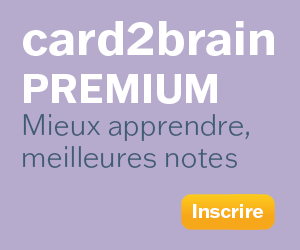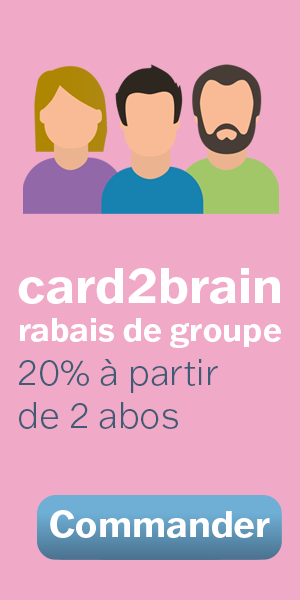Chemistry Unit 3
-
-
Fichier Détails
| Cartes-fiches | 34 |
|---|---|
| Langue | English |
| Catégorie | Chimie |
| Niveau | Collège |
| Crée / Actualisé | 05.04.2022 / 06.04.2022 |
| Attribution de licence | Non précisé |
| Lien de web |
https://card2brain.ch/box/20220405_chemistry_unit_3
|
| Intégrer |
<iframe src="https://card2brain.ch/box/20220405_chemistry_unit_3/embed" width="780" height="150" scrolling="no" frameborder="0"></iframe>
|
What is a peridoic table and who did develop it?
It was developed by Dimitri Mendeleev who organised elements bades on increasing molar mass and similar properties, not by atomic number.
What is the periodic law?
The properties of elemtns repeat in pattern on the periodic table when they are organized by increasing atomic mass.
What is a period?
horizontal row on periodic table. Elements in a period have the same number of shells (energy levels).
What is a group/family?
vertical columns on peridoic table. Elements within a group have similar properties, numbers on top of the periodic table indicate the group #.
What are the main group?
the eight "tallest" columns on the periodic table, groups 1,2 & 13-18
What are the transition metals?
groups 3-12, have greater complexity in electron configuration, many of these can form more than one type of ion
list the properties of metals
- hight melting points (all execpt mercury are solid at room temperature)
- shiny when freshly cut or polished
- malleable (dehnbar) -> can pushed into a sheet
- ductile (plastisch verformbar) -> can be pulled into thin water
- generally flexible as thin sheets or wires
- good conductors of heat and elctricity
- tend to lose electrons and form positive ions when reacting
-
list the properties of non-metals
- lower melting points
- solids are not malleable, ductile or flexible
- poor conductors of heat and electricity
- tend to gain electorns and form negative ions when reacting or will share electrons when reacting with other non-metals






